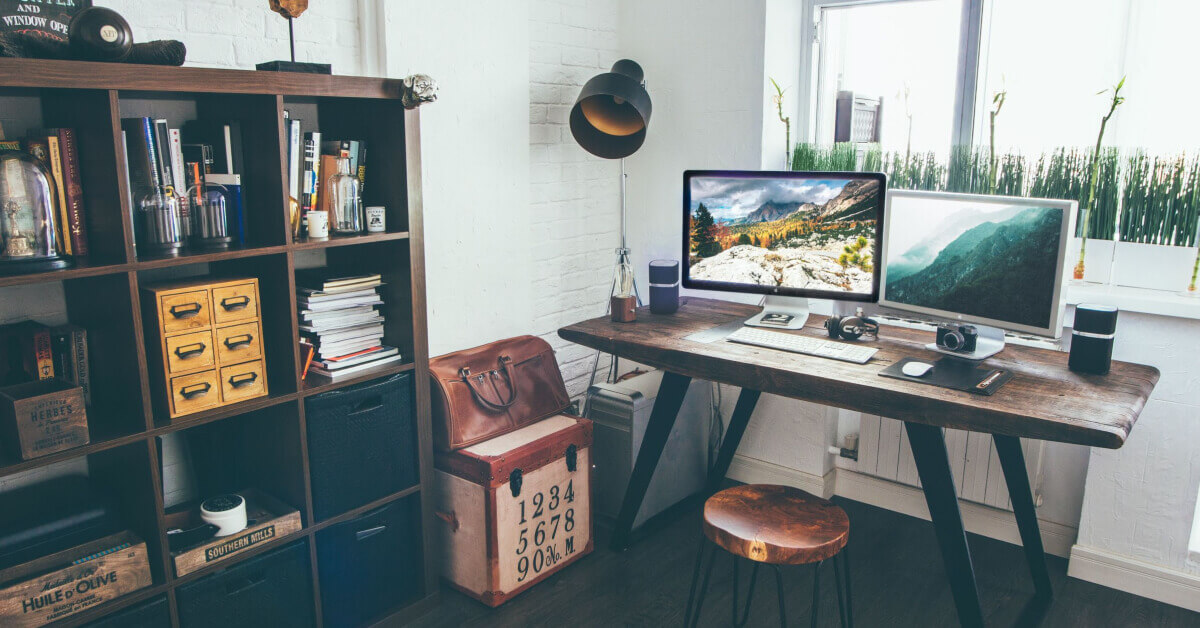
You might be a creative who wants to find more ways to up your productivity and your focus. But if you’re like most creatives, focus might not be your strength. You’re not alone in thinking that way.
Most creatives don’t think in concrete, specific terms when it comes to business things. That’s because the business side feels removed from the creative side. So what you need to do is tap into the creative side to boost the business side.
It’s only when something is specific that you can identify it and work on accomplishing it.
Once you’ve narrowed down what it is you’re after, add a time constraint. For example, if money is what you need, you wouldn’t spend time saying, “Think about where or how I can get more money.”
Instead, you’d say, “What are 5 business models I can put into effect within 10 minutes?” This helps you to develop concrete ways to help take your creativity to the next level.
By having a specific goal with your thoughts, you’ll come up with ideas to improve whatever it is that you need.
The ideas that you come up with by adding time constraints can also be put into play faster than if you were vague and spent hours or days trying to come up with a solution.
With your business, you’ll need to learn the best way to market it.
You might have gone back and forth trying to come up with ways that you could do this, but you weren’t able to pin anything down.
Rather than spending a lot of effort thinking about this step, you could say that you were going to make a list of the pros and cons of a certain kind of advertising within 15 minutes.
By giving yourself that time limit, you turn it into a game and this can produce quicker results and give you ideas for solutions.
OK so you can see how specificity can help you to become laser focused and thus boost your creativity.
So, let’s flip it and look at the reverse and take a look at something that can be detrimental to your creativity and focus and it seems so simple and innocuous that you may feel that it won’t make a difference.
However, just bear with me and give it a go and see what difference it makes for you.
The simple idea to try is to only use your workspace for work and nothing else. Make sense? Well, let’s dive a little deeper…
Don’t Use Your Work Space For Other Things

There’s a reason that the IRS says if you have a home office it should be used solely for that purpose and nothing else. It’s because using a home office for multiple purposes can lead to a crossover between professional and personal use.
If you have a workspace, you should be working. Mixing up the space can happen anywhere that you’ve set aside to work. It happens when you let boundaries slide.
But it really is best just to use it for the intended purpose and not for any other reason that people commonly choose to do.
For example, some people choose to eat at their desk or whatever their workspace is. This is a bad idea – not just for health reasons, but it’s also bad for productive purposes. You get less done physically and mentally.
At your desk, your purpose should be to focus and to be productive to work on whatever task or project is before you. But when you choose to eat or to do something else instead, it steals that focus and productivity.
This happens because the brain is straddling two functions when you do that. You need to have boundaries between personal tasks and professional ones. Otherwise, your brain remains in the work mode and doesn’t relax and get a break from the work.
This can lead to overwhelm, which in turn can lead to brain fog. On the other hand, if you’re constantly using the space for other things in addition to work, the brain won’t want to get into work mode.
It’s important to establish what your workspace is for and what it’s not for. Your space isn’t supposed to be a spot to hang out and watch TV. It’s not meant to be the area where you play with your pets or your kids.
You can establish the work habit to create a routine in the mind. As soon as you sit down in your chair, your brain automatically kicks into thinking, “It’s time to work now,” but if you use the space for other purposes, it won’t do that for you. Save the relaxing activities and tasks not related to work for other spaces. You’ll get more done.
Having a strong mindset is critical to any attempt to nurturing creativity and staying focused, so click on the featured resource below to get a free report on how to develop a strong mindset. Download, it read and take action 🙂







